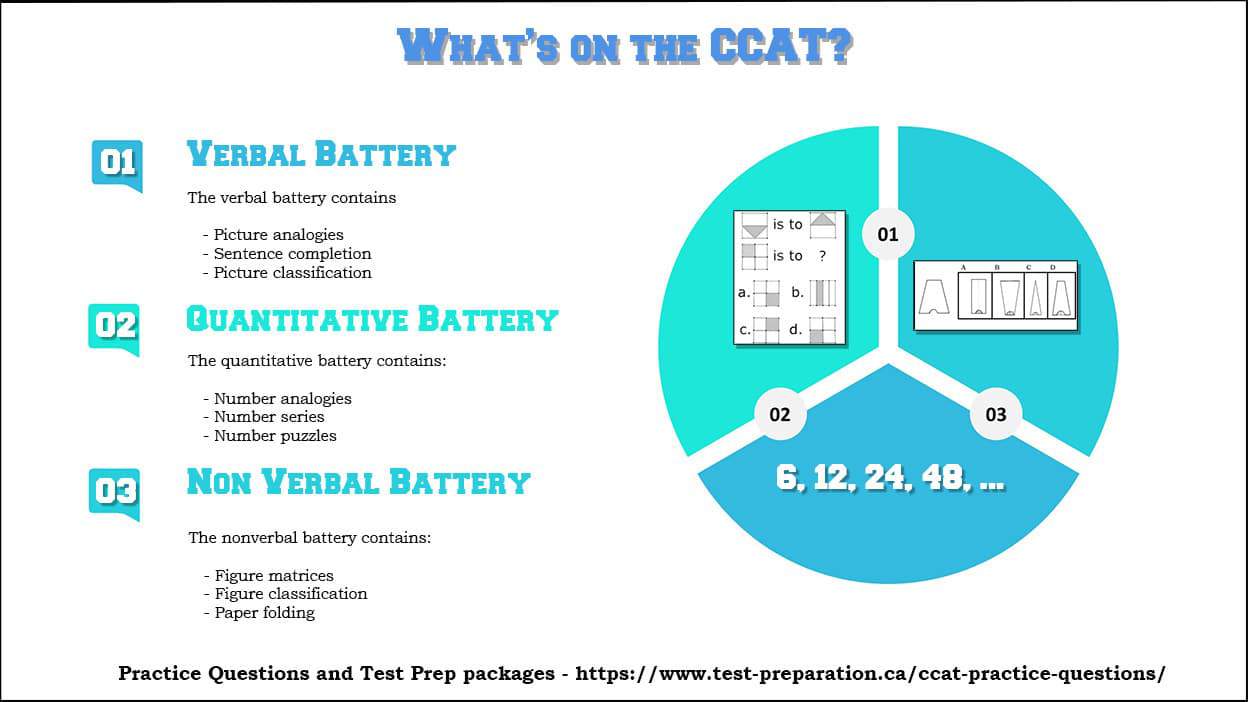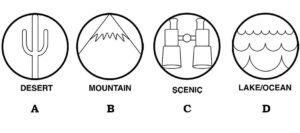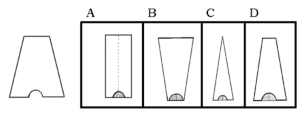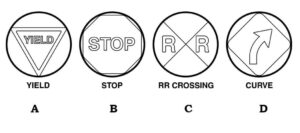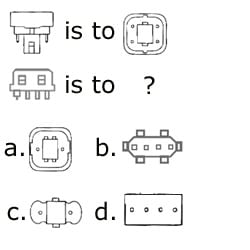CCAT 1st Grade Test.
Canadian parents in Canada with the dream of getting their 1st graders enrolled in their school’s gifted and talented program need to sit for the Canadian Cognitive Abilities Test (CCAT) 1st Grade Test. This test is the initial step most Canadian schools require students to take successfully before they earn admission to their special program. The CCAT 1st Grade Test measures a child’s learning aptitude by taking them through nonverbal, verbal, and quantitative questions. Many candidates find questions in this test a little more difficult than what they typically take in school, as the test does not test the memorized information.
At times the CCAT 1st Grade Test is referred to as the CCAT Level 7 since the test assesses candidates that are on average of 7 years old. Even though the test has a verbal battery, The CCAT 1st grade test is focuses on quantitative and nonverbal questions. A candidate’s performance in the CCAT Level 7 Test directly influences their chances of enrollment in a school’s special program.
CCAT 1st Grade Test sections
The CCAT 1st Grade Test consists of 136 questions divided into three batteries, verbal, quantitative, and nonverbal. Each battery is further subdivided into three subsections that give a detailed assessment of a candidate’s abilities within each section. Every school determines its own requirements for test administration. Some schools require candidates take all three sections in one sitting; while others let the candidates take every section separately. A teacher at your school usually administer the test and acts as the test proctor with the responsibility of guiding the candidates through the test.
Verbal Battery
Sentence Completion
Here, a teacher or any other test proctor will read out the test instructions aloud. Then, the test administer will read a sentence with a missing word. Several pictures will be presented to the student, with one option fitting into the given sentence for the missing word. Students must comprehend the sentence read to select the correct picture.
Picture Classification
In this subsection, candidates are shown pictures placed in groups according to similar qualities. Then, three more pictures are provided as multiple-choice options. Test takers must select the picture with the same qualities as the first three pictures.
Picture Analogies
Here, candidates will be shown two pictures that are related to each other in some way. A third picture will be shown missing its matching picture. To solve the question, test-takers must determine the relationship of the given pictures and apply this relationship to the third picture to get its partner from the choices provided.
Nonverbal Battery
Paper Folding
Here, test-takers are given a piece of paper with fold marks indicated, together with several pieces that have been folded. Candidates are asked to imagine the outcome of folding the given paper along the indicated fold marks, and select the appropriate image from the multiple-choice options given.
Figure Classification
This part of the test is almost identical to Picture Classification section. Candidates are shown three pictures grouped based on how similar they appear. Test takers must determine what makes the three pictures similar, and select the most similar image with the same.
Figure Matrices
Here, candidates will be provided with a pair of shapes related to each other. A third shape will be shown with a missing partner. This shape will have a similar relation to the first pair. The test-takers will have to analyze the shapes in the options provided and select a shape similar to the third shape.
Number Puzzles
Here, candidates will be presented with two trains carrying several items. Then, one of the trains has a question mark for a missing item. Candidates must determine the relationship between the items on the first pair of trains and select the number of items the last train should be carrying from the multiple-choice options. Number puzzle practice
Number Series
Test takers are presented with an abacus toy with beads on several rods. The number of beads on each rod have a mathematical relationship. The last rod will be empty. The candidate will have to select a rod with the correct number of beads from the multiple choices provided. Number Series Practice Questions
Number Analogies
The students will be shown two images with specific similarities, followed by another image missing its partner. Candidates have to determine the similarity in the first pair to select the fourth image.
CCAT 7 Test Scores
CCAT 1st Grade Score Report.
The CCAT level 7 result slip will have three different scores that summarize the general cognitive ability of each student. Each score is the sum of results from the quantitative, nonverbal, and verbal sections. Each report will have an Age Percentile Rank (APR) score that ranks all candidates in a specific age group, a Grade Percentile Rank (GPR) that compares students according to other candidates on their grades, and a Stanine (S) score. A stanine score shows every student’s learning aptitude and is set between 1 and 9 with 9 being the highest possible score and 1 being the lowest.
Date Published: Monday, April 4th, 2022
Date Modified: Friday, December 5th, 2025

